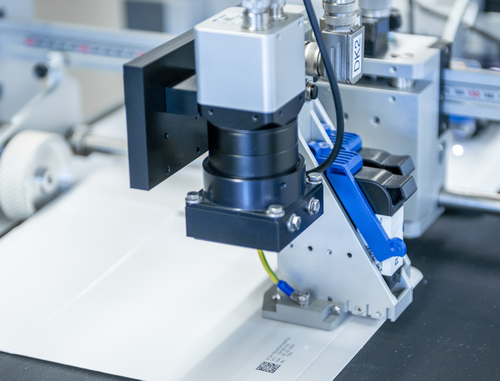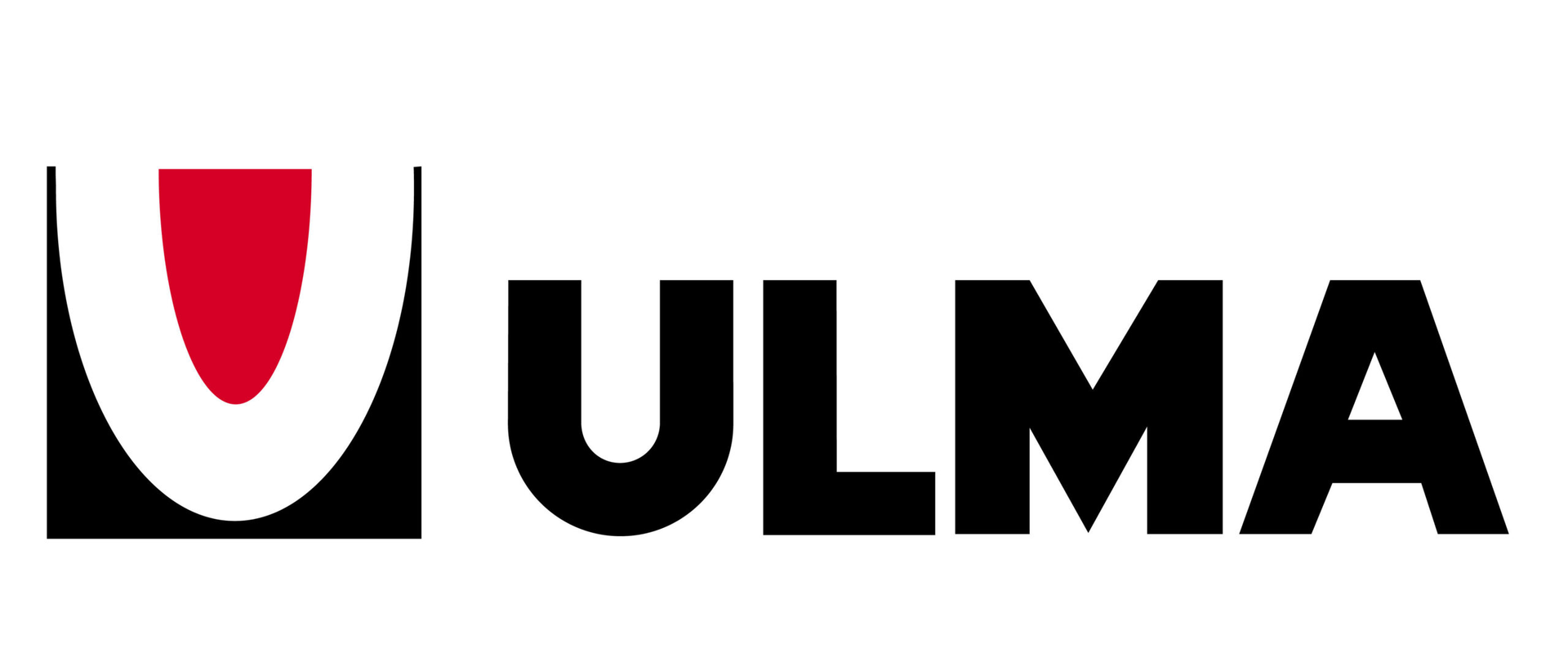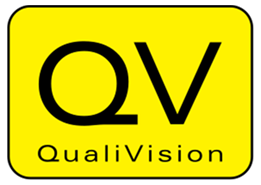Machine vision is the technology that enables computers to interpret images and understand spatial relationships. In industrial applications, it significantly boosts operational efficiency. Here, we’ll define what machine vision is, explain how it works, and highlight practical applications. You will learn how the technology can benefit your business through resolving common production and quality control challenges. The technology contributes directly to cost reduction, higher production output, and improved product reliability.
What Is Machine Vision?
Machine vision enables systems to interpret visual data. Cameras capture images, which are then analyzed and processed with software. Techniques like pattern recognition and artificial intelligence (AI) empower machines to analyze images with accuracy and speed. These vision systems not only analyze visual data but also apply it to decision-making processes in real time.
In the pharmaceutical industry, vision systems support improved safety and efficiency. Visual perception technologies drive systems that monitor and analyze real-time conditions. From product quality control to barcode compliance. This results in reduced manual error, accelerated decision-making, and increased reliability in production environments.
The field of machine vision focuses on enhancing computational perception to mimic human visual tasks. It employs algorithms to detect patterns and process visual cues. This technology provides a reliable basis for automated quality control and operational improvements. Automation of complex visual tasks enables scalable, repeatable inspection processes with consistent results.
Key Components of Machine Vision Systems
Vision systems combine high-resolution cameras with advanced software to capture detailed images. Laser technology can also be used for barcode reading and verification
A camera in a machine vision system can be highly specialized. Camera specialties can include:
- Classic matrix cameras for general-purpose imaging
- Line scan cameras that create images line by line
- Infrared cameras to detect heat and specific patterns
- Ultraviolet cameras to identify surface scratches and imperfections
- X-ray cameras to inspect internal components non-destructively
- 3D vision systems to reconstruct depth and volume
- Multispectral and hyperspectral imaging that capture images at a variety of wavelengths

Key machine vision software features include:
- Pattern recognition
- Optical Character Recognition (OCR)
- Barcode, QR code, and DataMatrix code recognition and validation
- Verification of product placement, alignment, or completeness
- Interfaces with hardware or other software
- Full-surface digital print inspection and validation
Industrial Applications of Machine Vision
While commonly associated with the automotive sector, machine vision is used across industries such as electronics, food processing, pharmaceuticals, and packaging.
Manual visual inspection of products is time-consuming and disrupts production flow. Implementing automated quality control solutions can enhance product quality, accelerate production processes, and improve sustainability.
Automated quality control checks utilize a camera or image scanner integrated with deep learning or classic algorithms to process image data and verify product precision. This technology enables manufacturers to automatically identify and reject defects and maintain high standards during production, ensuring a reliable inspection process.
Machine vision streamlines manufacturing by merging real-time image analysis with automated systems to boost quality assurance and reduce waste. Expertly integrating machine vision with material handling enables factories to detect issues swiftly and ensure production efficiency.
Robotics integration applies advanced imaging to enable guided navigation that improves traceability and inventory management. Its integration with augmented reality interfaces and open access research fosters innovation and practical solutions for modern manufacturing challenges.
Machine vision is the basis of OCR, optical character recognition, as well as barcode and 2D code recognition and verification. As governments, businesses, and consumers demand more information about the products they buy, track and trace solutions and the coding that comes with them are becoming more important to the global supply chain.
Advantages of Implementing Machine Vision
Machine vision can enhance efficiency and productivity through visual inspection, machine learning, and information technology. It can reduce operational errors and simplify compliance and quality standards via the industrial internet of things to enable smarter processes and better results.
Enhancing Efficiency and Productivity
Machine vision enhances operational performance by delivering real-time image analysis that streamlines processes in industries like agriculture, manufacturing, and pharmaceuticals, quickly identifying variations that the human eye might overlook. In addition to being more precise and faster, machine vision technology do not experience fatigue and maintain consistent accuracy.
Increasing Safety
Implementing a vision system reduces the need for human intervention on production lines. Defective products can be automatically identified and rejected.
Streamlining Compliance and Quality Standards
Machine vision inspection streamlines compliance and quality standards by integrating digital image processing with enterprise software, enabling a factory to ensure that every product meets stringent criteria and minimizes discrepancies. This approach enhances operational intelligence, allowing businesses to promptly identify defects and execute corrective measures in real time. Additionally, machine vision on printed materials ensures compliance with governmental traceability directives.
Trends and Innovations in Machine Vision
Emerging technologies shape future machine vision applications, impacting supply chain efficiency, transport monitoring, data analysis, simulation, and quality management. Industry case studies provide practical insights while success stories demonstrate real-world improvements, setting the stage for detailed discussions on breakthrough innovations and proven practices.

1D to 2D Barcode Upgrade
Click to read how a snacks company easily added 2D codes to improve tracking and customer experience.

Blister Pack Quality Control
Click to read how a company improved blister pack production with optical quality control.

Machine Vision with Deep Learning
Click to read how Deep Learning quickly improved quality control measures in cigarillo production.
Conclusion: Business Value of Machine Vision
Machine vision offers clear advantages by improving operational efficiency and inspection accuracy across multiple industries. Its technology supports real-time image analysis to streamline manufacturing processes and boost safety in autonomous systems. Experts use this approach to reduce errors and ensure consistent product quality. The insights provided empower businesses to implement effective solutions that deliver measurable benefits.
